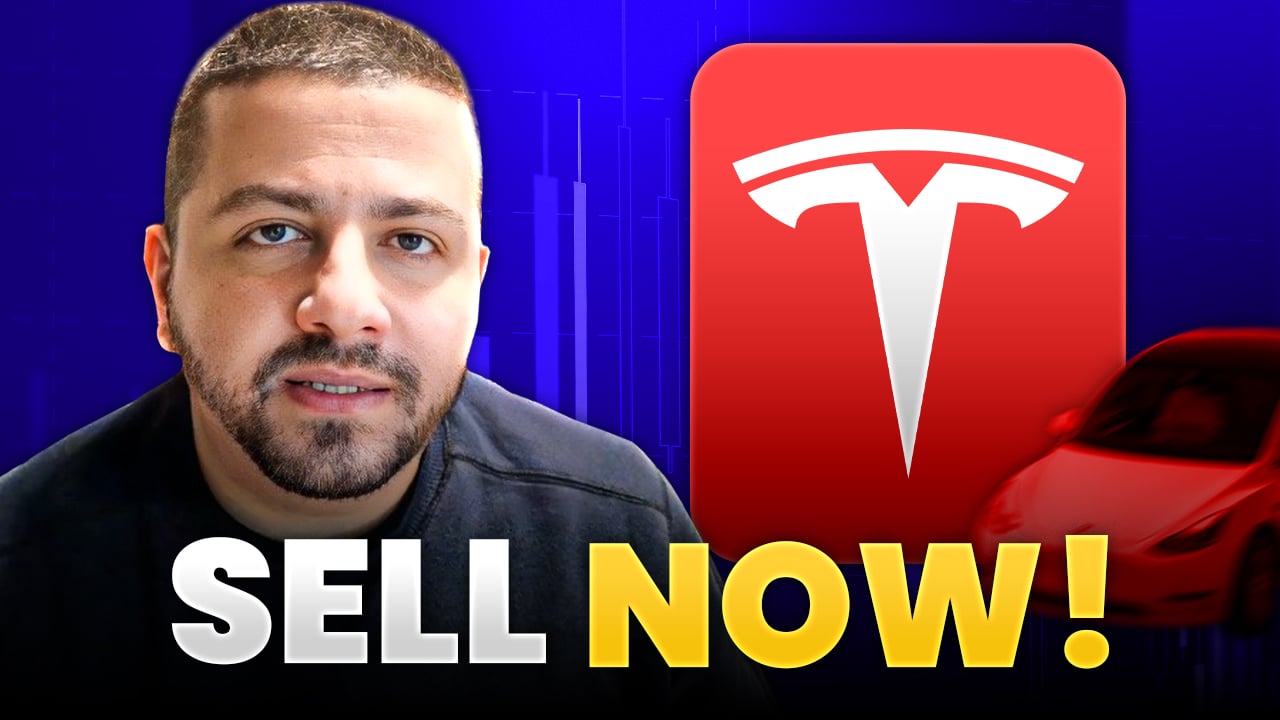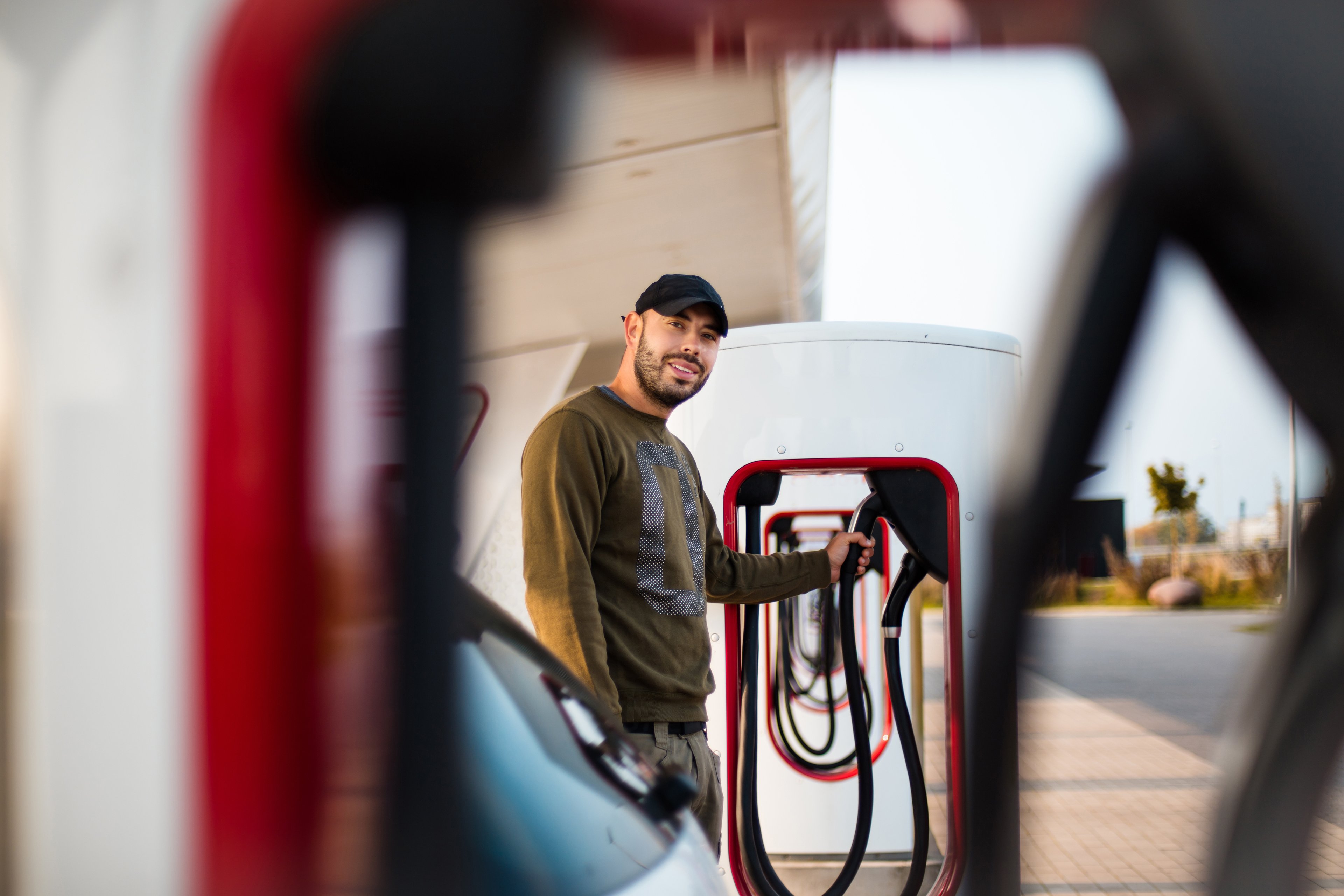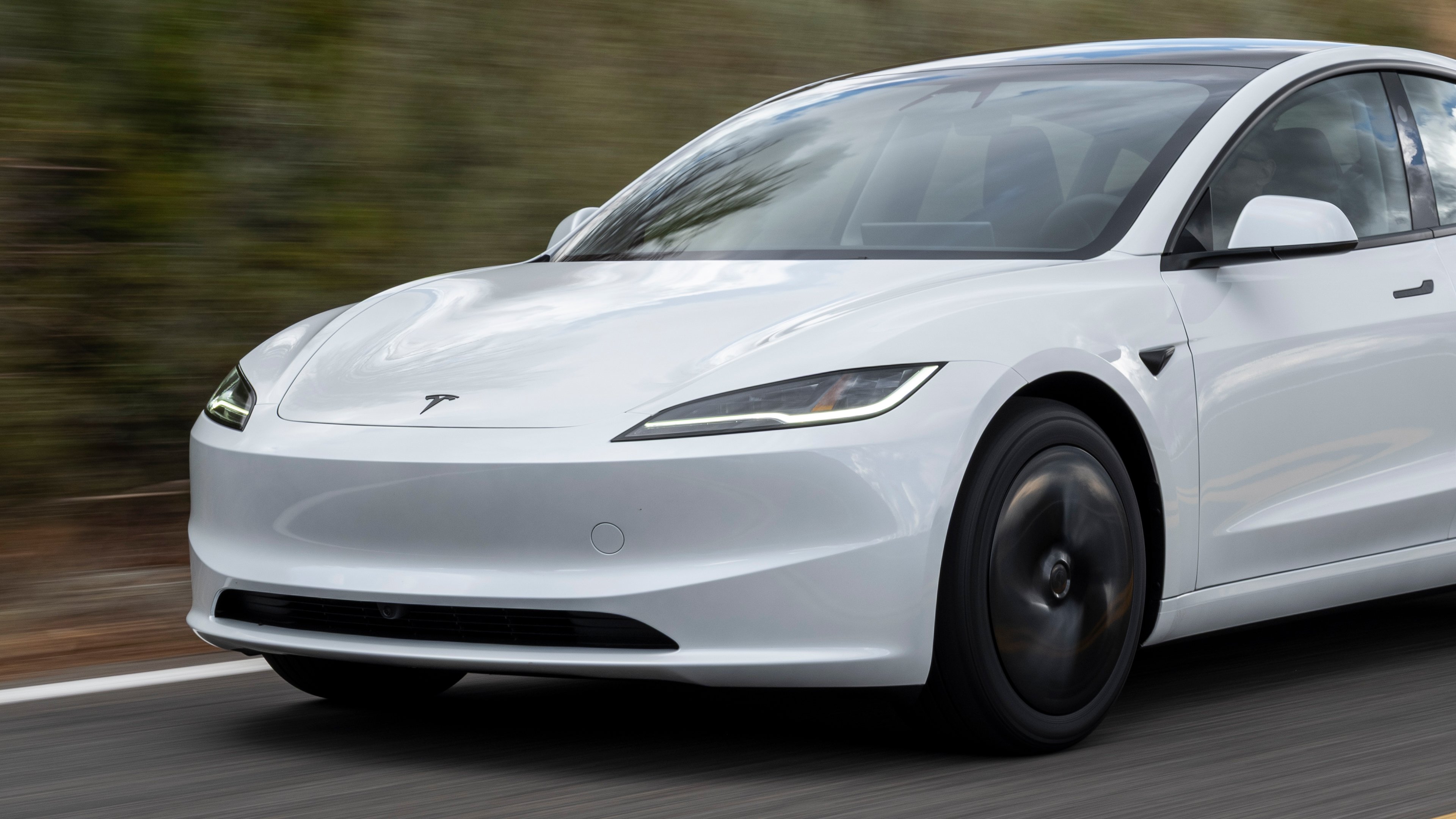It's been a roller coaster 2025 for Tesla (TSLA +2.57%) investors. The year started with the stock plunging from tariff and trade-policy headwinds, and a consumer backlash due to CEO Elon Musk's political activities. That was followed by a rebound on the hope that artificial intelligence (AI), robotaxis, and robotics could be more lucrative for the company than automaking.
To continue the thrill ride, the company posted record third-quarter revenue, but commentary from a former employee could have investors pumping the brakes.
A brief recap
Last week, Tesla reported record third-quarter revenue that topped Wall Street estimates thanks to a rush to buy electric vehicles (EVs) to lock in a key tax credit ahead of its expiration at the end of September. Total revenue was $28.1 billion during the third quarter, which topped analysts' average estimate of $26.37 billion, according to LSEG.
The EV maker didn't do as well on the bottom line or other metrics, however. Adjusted earnings per share at $0.50 were below analysts' estimates calling for $0.55. Another closely watched metric -- the company's gross margin excluding regulatory credits -- checked in at 15.4% compared to an average estimate of 15.6%, according to Visible Alpha.
Tesla's roughly 60% rebound in share price over the past six months and its $1.5 trillion market cap -- more than Ford and General Motors combined many times over -- is based more on the company's potential transformation to an AI, robotaxi service, and robotics business.

NASDAQ: TSLA
Key Data Points
Arguably at the forefront of that hype is its robotaxi service that was launched in limited capacity over the summer. But on that front, investors might want to pump the brakes, according to a former Tesla employee.
Andrej Karpathy, the company's former head of AI who led the company's Autopilot and self-driving programs, said in a podcast that he would "push back" on the idea that progress on autonomous vehicles by Tesla and Alphabet's Waymo means that all the technology's problems are solved. While autonomous driving developers have hit several milestones and progress continues, Karpathy thinks that there are still several steps on the road to full autonomy.
Karpathy isn't the only person pushing back. The number of lawsuits facing Tesla and its claims of full self-driving capability are mounting, as are settlements and losses. Musk has claimed time and time again over the past few years that his company was close to having fully autonomous vehicles, but even its recent robotaxi launch in Austin, Texas, still used a human supervisor in the vehicles. It's top competitor, Waymo, moved beyond that requirement in 2020.

A Tesla Cybertruck. Image source: Tesla
What it all means
Tesla is an intriguing and polarizing company with an equally compelling CEO at the wheel, and it has made many long-term investors very wealthy. But its valuation and market cap are in otherworldly territory, based partly on hype surrounding driverless vehicle technology, which the company is far from mastering or turning into a highly scaled and profitable business.
One only has to look at CEO, Elon Musk's, recent compensation package that was passed with 75% approval from shareholders and could be worth up to $1 trillion. Much of that value is unlocked through milestones that suggest where the company is heading. Musk will of course still have to deliver vehicles and reaching 20 million deliveries is one milestone, but there's also one million robotaxis in commercial operation, one million Optimus robots, and 10 million Full Self-Driving subscriptions, and $400 billion in core profit.
Tesla's best days may be ahead of it, but investors need to understand the higher-risk ride they're going on: Tesla isn't just an automaker, it's becoming a technology company heading toward uncertain territory.





